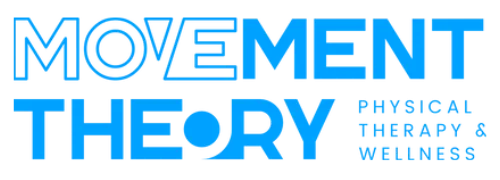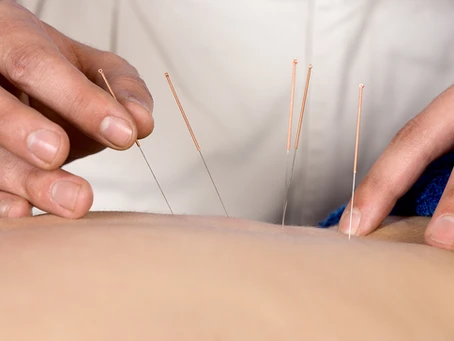If you’ve ever been curious about what it is, you’re not alone. Often times patient’s have heard of acupuncture, but never dry needle therapy (DNT) or Functional Dry Needling (FDN). I tend to explain that it’s similar, but completely different. The needles are the same, but the philosophy and reason is different. I can really only speak on my training which tends to follow the thought pattern of “giant stimulus into the nervous system.”
This “giant stimulus,” is a large input into the nervous system which helps to “reset” the alarm if you will. By alarm we are talking the threshold that it takes to elicit an action potential to fire “whatever” nerve you’re talking about; be it motor, sensory, and the various types of each.
I’ve personally had people come in with chronic pain, multiple years history that had complete resolution with 1 session of dry needling. Was it the dry needling? Was it the education and reassurance that helps calm the nervous system and reduce anxiety and symptom perseveration and exacerbation? Who knows, but anecdotally I’ve had good success with chronic back, neck, knee, hip and hamstring pains.
There’s a few different techniques if you will, most will piston, roll, drop and leave, or drop and attach electrical stimulation. I tend to use a combination of all, it really depends on the patient tolerance and goal of the treatment. Often times for chronic pain, I really lean on using the electrodes because it really causes a lot of symptom disruption which usually leads to some short term relief and ability to resume light activity, which is ALWAYS the ultimate goal at MOVEMENT Theory. When it comes to pistoning and rolling techniques, I usually use pistoning for those who report always getting ‘knots’ and finding relief with pinching or aggressive rolling; typically shoulders and calves. (If you’re having any knee, back stiffness/sciatica, jaw, or other pains)
The treatment ultimately isn’t magic, and shouldn’t be viewed as such. I believe that if we can use a tool like dry needling to get out of pain or find some improvements in flexibility, that then let’s us get to exercising and loading the tissue then we should do it as long as we need to.



